Meditation is an incredibly handy tool to connect with your inner self and live in the present moment. But I get it, it’s not for everyone. For those not ready to make time to sit in stillness with their own selves, I’ve created a cheat sheet of the best alternatives to mediation.

I know, getting cross-legged on the flour with your breath, your thoughts and present moment awareness can be tough. You’re forced to confront all the beasts that lie within you and the boredom caused by the super lame mental movie going on inside.
If you’ve ever
But it’s for this exact reason that it’s so important to do it. By becoming aware of our thoughts and developing the skill of redirecting them towards the present moment anytime another lame repeated thought comes up, we become a bit better at taking control of our minds’ habits.
(If you
If you’d love to develop this skill but still aren’t convinced that sitting in stillness is for you, these alternatives to meditation can be awesome places to start.
1 Mindfulness in your day
One of the main benefits of meditation is learning to be more present. It’s so easy to live on autopilot where your thoughts mainly focus on the past or the future, yet so destructive for our happiness, our connections and our pursuit of living authentically.
Luckily, you can bring mindfulness into your day without having to sit in meditation.
To do this, you want to choose a few activities you do regularly, and start doing them with more awareness.

Instead of allowing yourself to daydream, get lost in thought and be completely unaware of what’s happening while you drive into work, for example, you bring awareness into this moment.
As you drive, pay attention to what you see, what you hear, what you feel, what you smell, without allowing your mind to drift onto a story about any of this. And when it does, as it inevitably will, you just shift your attention back onto your driving.
Besides driving, other good moments to practice mindfulness are while you:
- eat
- do household chores
- brush your teeth
- shower
- make love
- spend time with people
Choose 2 or 3 of these activities and start there. Every day, while you do these activities try to do them mindfully.
2 Notice your feelings
One of the main benefits of seated meditation is becoming more aware of the sensations in our body. By sitting in stillness with them, we learn to associate the physical sensations we feel in our body with the emotions they relate to.
For
As we often have a very hard time being consciously aware of our emotions, having physical cues that help us understand them is super helpful.
This way, you don’t have to wait until you blow up in a fit of rage to know that you’re pissed off. You know, because you feel the physical cues that come up when you’re super annoyed.
One of many alternatives to meditation that’ll still help you develop this awareness
After you angrily walk out of your boss’ office feeling annoyed, degraded and undervalued, take 2 minutes to check in with your body. What sensations do you feel?
Maybe you have a tight neck or back, an upset stomach, you might feel light headed or dizzy. Make a note of the emotion and the physical sensations that accompany it. Keep a log and you’ll become a master of your emotions.
Well, it’s not just about the log. Once you know your cues, you then need to teach yourself to not react to the mega emotions once they arise. Mindfulness is a handy trick to help with that.
3 Stop judging yourself for the emotions
Now that you’ve embarked on a journey of self-discovery and become more aware of your emotions, you need to make sure that you’re not beating yourself up every time a negative one arises.
It’s one thing to be sad because your friend betrayed you. But it’s completely useless to then get annoyed with yourself because of your sadness.
Just stop at the first level of emotions and accept that you’re sad.
The reason our emotions become so hard to manage is become we duplicate them by getting mad at ourselves for having them.
Accept that emotions will arise out of your control. Don’t allow yourself to become defined by those emotions. You aren’t the emotion.
Instead, focus on managing how you react to the emotion.
4 Spend time in nature

For me, the easiest and most pleasant way to develop mindfulness, self-awareness and a sense of connection, to my inner self, to others
On top of a mountain, there’s no way that the autopilot stays on. I’m fully present. I feel the air, smell the trees, hear the birds and become a part of it all.
If there’s one meditation substitute that gives me the same sense of peace and balance as spending quality with myself cross-legged, its being in nature.
5 Walking meditation
I know this list is for alternatives to meditation, but I’m adding this one in for those who just hate the sitting aspect of meditation.
Similarly to what you’d do during a seated meditation, during a walking meditation, you’ll be focusing your attention on one specific thing. You can choose the breath if you like, the sounds around you or the feelings in your body (by that I mean the physical sensations, not the emotions).
When I practice walking meditations, I repeat these easy sentences in my mind as my feet move.
“I’m lifting my right foot.
My foot is in the air.
I put down my right foot.
I’m lifting my left foot…”
Ideally, you are walking at such a slow pace that you have plenty of time to say these sentences in your mind and feel the sensations in the feet and legs as you move them.
If you’re mind gets distracted by planning, analyzing, judging or any other thought, just notice that the mind has gone elsewhere and gently bring your attention back towards the chosen point of focus.
I like to do walking meditations barefoot and in nature when I can.
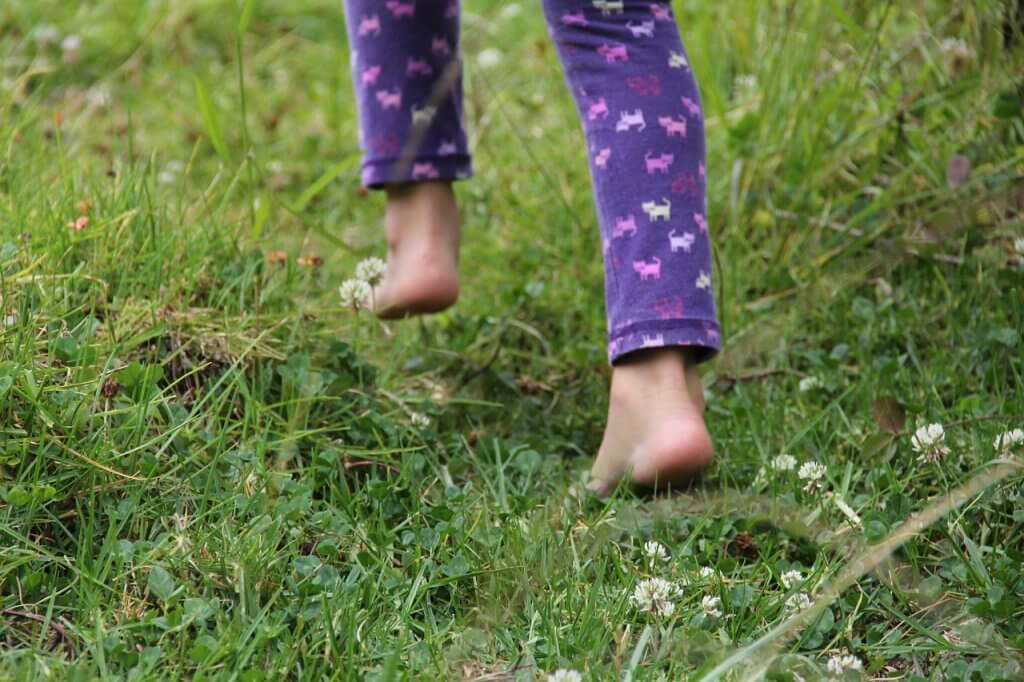
6 Active listening
It’s sad how little we all listening to one another.
I only realized this when I learned a new language and started working in
When you actually pay attention to everything that someone is saying, it’s an active task. It’s not passive, like hearing.
To listen, you must be present with the person and disconnect from the ego, which is often times the hard part.
If we engage in conversation with our ego by our side, it stops being about listening and connecting with the other person. Instead, it becomes about proving our points, being the most right, appearing to be the smartest, winning or just generally showing our greatness.
Instead, confront conversations as opportunities to better understand others. It’s from this place of genuine interest, curiosity and, compassion that we build solid and honest bonds with others.
7 Breathing exercises
Breath work can drastically change your life. If you don’t believe me, check out this guy.
Basically the man does incredible things like hike snowy mountains barefoot and stay submerged in icy water without his body temperature changing. He does these incredible, superhuman acts thanks to regularly practicing breathing techniques.
Even if you’re not after achieving superman skills like this Iceman, practicing breathing and breathing retention exercises can be super powerful alternatives to meditation.
They can help with relaxation, stress reducing, finding better balance and improving your concentration.
Check out this video for a few ideas.
8 Find your flow
Flow state is the mode you get into when you are so focused on a task that nothing distracts you. In sports lingo, they call it being in the zone.
While you’re in a state of flow all time disappears. You’re so focused on the task at hand that the ego vanishes and your sole focus becomes achieving your goals.
You can get into states of flow while doing anything you love and are good at. It can be a sport, creating an awesome PowerPoint, playing darts or breakdancing in the metro.
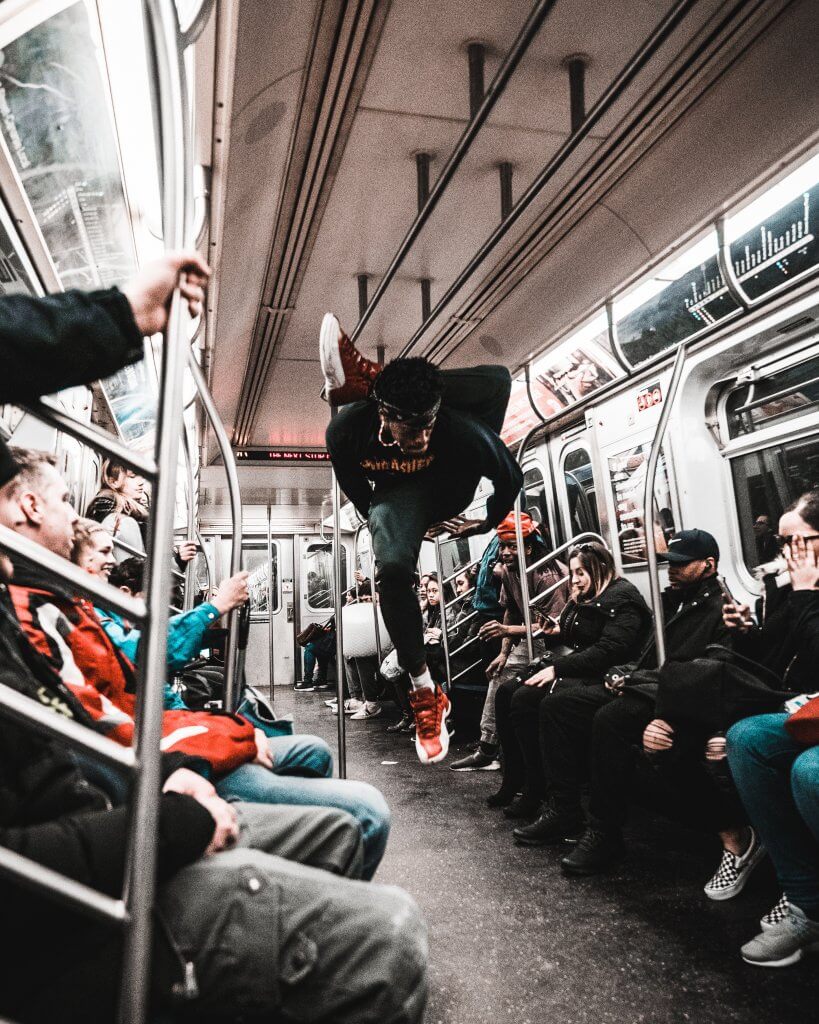
To get into a flow state these 10 factors will be there with you:
- Clear goals of what you want to achieve
- you’ll be doing something you find rewarding
- Complete concentration
- Losing track of time
- Confident about how well you do the task
- So, confident in fact that you know your skills are in line with the goals
- A sense of control of the outcome
- Ability to judge your progress
- orget to worry about eating, drinking or other physical needs
- Only focused on this one task
9 Journal or draw
Writing is therapeutic. If you’re not up for sitting in stillness with your thoughts, what about sitting and writing your thoughts?
Spending a few minutes every day jotting down what’s going on inside or even drawing them can be alternatives to meditation.
Write or draw about what you think, what you feel, where you’re going, what you’re doing or any of the endless ideas, goals or mind movies that go on inside you. It doesn’t matter what you write or draw about, just the act of stopping and taking note of things inside
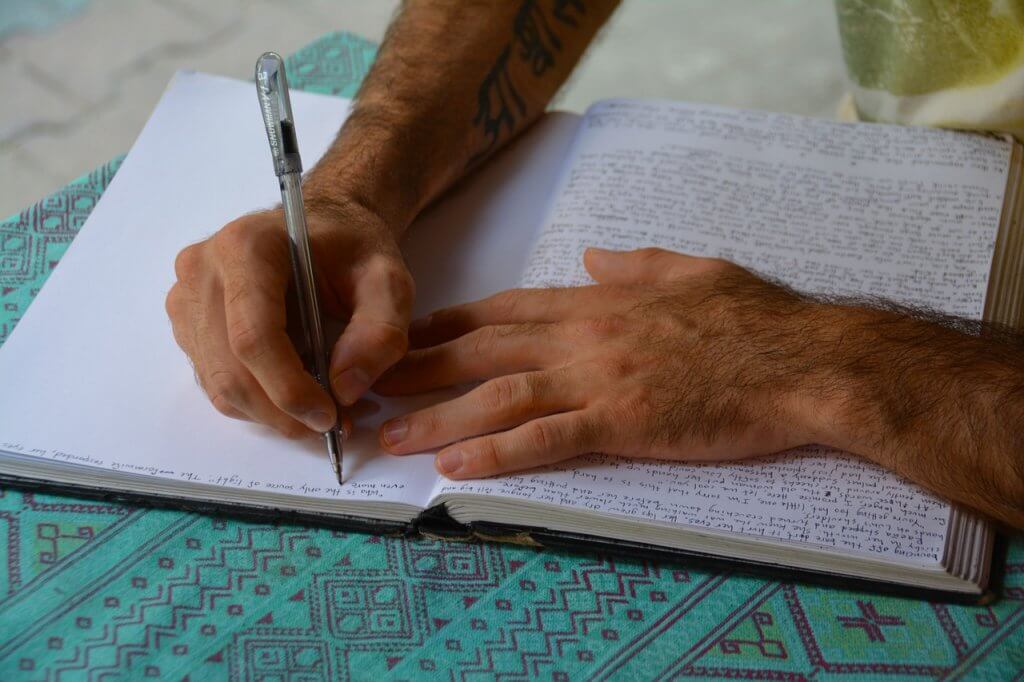
10 Visualizations
Some people have very visual minds. If that’s you, then visualization might be just the tool you need to create a life you love.
But if the reason you’re looking for alternatives to meditation is because you don’t like sitting still, then this option might not work for you.
With visualization, you sit down, close your eyes and imagine.
You can imagine all types of different things:
- What you’re ideal life path looks like
- How you’d feel when you get there
- How others react while you’re achieving a certain goal
- A difficult conversation you need to have
- What inner peace feels like to you
Basically, you’re imagining ideal outcomes in your mind, to help you reenact them in your real life.
Athletes do this to perfect their swing. Politicians imagine the reaction of the crowd after a perfectly given speech. My mom even uses it to master her wakeboarding jumps. She swears that by imagining what it looks like before getting behind the boat, it’s easier to recreate once she’s up there.
11 Do yoga
Last, but definitely not least is yoga. Nothing helps to connect with the body, mind and soul better than moving your body to the rhythm of your breathe.
In fact, the word yoga means connection.
Similarly to meditation, during a yoga practice we try to focus our attention on one specific point of focus. Only here, it’s on the movement and sensations in the body.
Although there’s a lot of misconceptions about yoga and it being about needing to be able to touch your toes and being super bendy, that’s not what it’s really about.
Yoga is a space where we learn to connect and listen to our bodies. We move and flow through postures staying present and connected.
In addition to connection, this practice helps to develop patience, compassion, self-awareness,
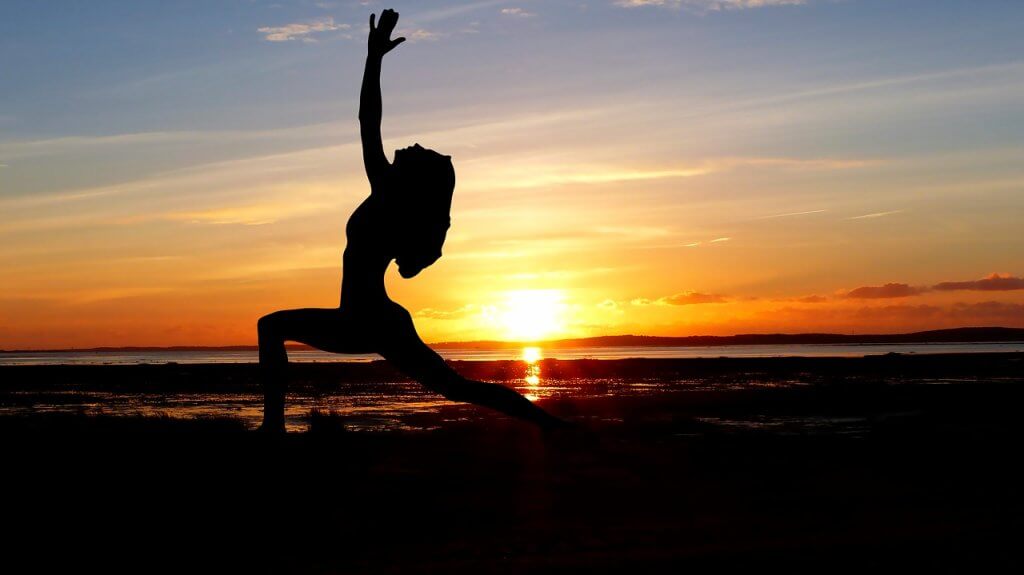
Have you ever practiced any of these alternatives to meditation? If so, I’d love to hear what you thought. Leave a comment in the section below and tell us about your experiences with the substitute you tried. Or if there are any other alternatives to meditation that you think should be added to the list, tell us about them.
Interested in reading about the alternatives of meditation, but don’t have time right now? Pin it here!
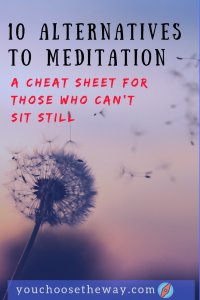


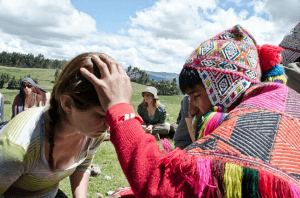
I nominated you for the Sunshine Bloggers Award. You can read about it here https://meganslifewithlittles.com/home/. Congratulations!
That’s amazing! Thank you so much for the nomination, I truly appreciate it!